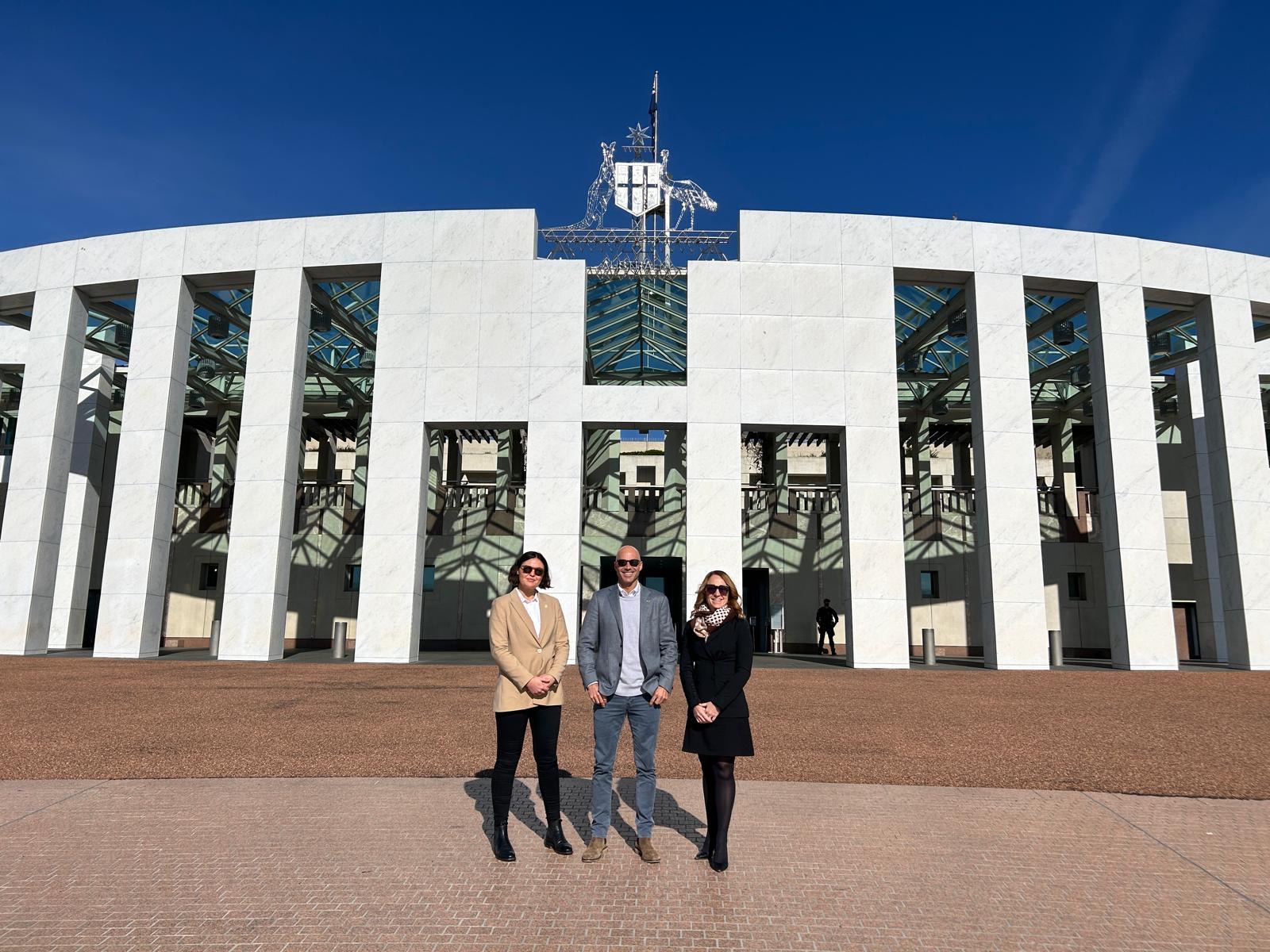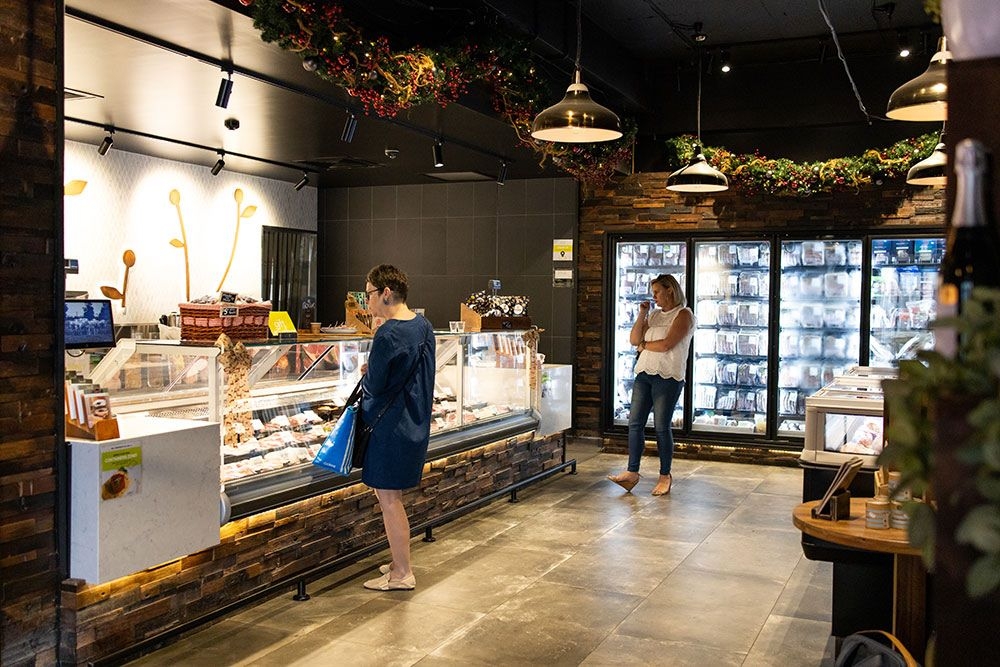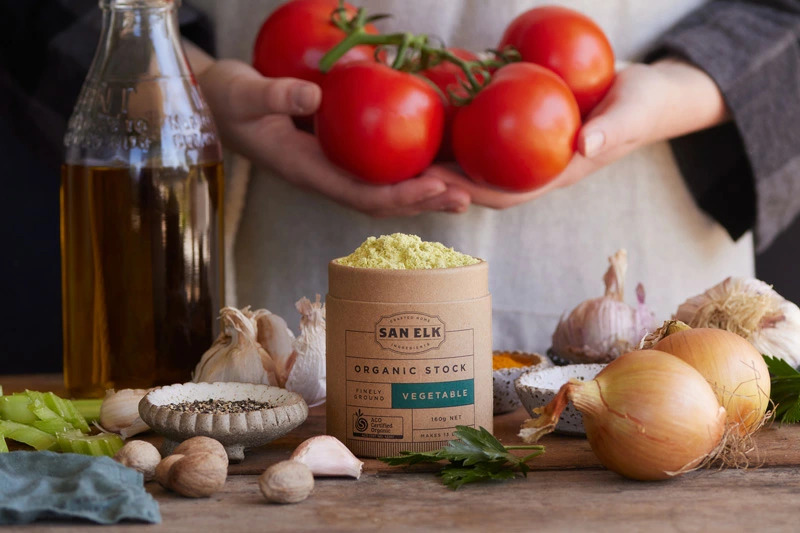A NEW educational campaign on the Australasian Recycling Label and innovations in packaging for the wine industry were key discussions at the inaugural Australian Organic Conference in Brisbane today, as businesses across the country work towards the 2025 National Packaging Targets.
Established in 2018, the 2025 Targets include:
- 100 per cent reusable, recyclable or compostable packaging
- 70pc of plastic packaging being recycled or composted
- 50pc of average recycled content included in packaging (revised from 30pc in 2020)
- The phase out of problematic and unnecessary single-use plastics packaging.
Speaking at the conference, Australian Packaging Covenant Organisation (APCO), Partnerships and Projects Officer, Lesley Fox, said the not-for-profit organisation driving delivery of the targets would implement a new educational campaign for small to medium-sized enterprises in coming months.
“We work closely with businesses of all sizes to provide them with the tools and resources they need to transform their packaging, however we are excited to announce a new campaign to encourage and guide small to medium-sized enterprises to incorporate more sustainable packaging principles into their operations,” Ms Fox said.
“We recognise SMEs often have fewer resources to support the changes they need to make, so one of the key focuses of the campaign is helping them to start using the Australasian Recycling Label on their packaging.
“Knowing what can and can’t be recycled can be confusing, not only for consumers, but for businesses too, and this initiative will help address this issue.”
APCO is working in partnership with the Australian Institute of Packaging, the National Retail Association and Australian Food and Grocery Council to deliver the education program.
Australia’s innovative wine industry needs consumer behaviour to change
For many years, Australia has innovated wine packaging with the first cask wine invented in 1965 by South Australian, Tom Angove. Inspired by the wine skins used by Greek shepherds, the first cask stored substantially more wine, however users had to cut the corner off and use a peg to seal it once opened. In 1971, Wynns introduced the cask with a built-in tap, and since then the humble cask has continued to evolve both its packaging and quality of wines enclosed inside.
The inaugural Australian Organic Conference provided the ideal platform for participants from Australia’s $40 billion wine industry to discuss the latest trends in wine packaging and sustainability, the challenges and opportunities for the sector and why consumer education will be key to changing behaviour and supporting industry to meet APCO’s 2025 packaging targets.
Chaired by leading Australian wine expert, Mike Bennie, the panel consisted of Kieran Hirlam, Project Team Manager for Affinity Labs, Michael Rogers, CEO of Cutler Sustainable Packaging (joining by Zoom), and Sarah McElholum, Group Sustainability and Product Quality Manager for retail drinks and hospitality business, Endeavour Group.

During the session, Mr Bennie said industry needed to help educate and change attitudes of consumers with many enthusiasts steeped in the nostalgic experience of purchasing and cellaring bottles of wine.
“Australian winemakers were early adopters of the screwcap bottles, and initially many traditionalists were reluctant to believe they would work as well as cork, however they are now considered mainstream in industry,” Mr Bennie said.
“We know consumers are much more conscious about making sustainable purchases and doing the right thing for the planet, so we need to start shifting consumer behaviour to increase purchases of wine sold in easy recyclable products, such as pouches or aluminium cans.”
Research from the Australian Wine Research Institute has shown glass packaging is one of the hot spots in the industry’s environmental performance due to the large amount of energy required to heat and melt glass. The weight of the glass also has flow on impacts throughout supply chain efficiencies.
Advances in glass production have enabled wine bottles to weigh as little as 330gm, compared to the standard 500gm, or 750gm for premium bottles conference delegates were advised, which can reduce the bottle’s life cycle impacts by up to 18pc. However significant and positive environmental impacts could be achieved with cask wine packaging, which reduces lifecycle impacts by 48pc compared to a standard 500gm bottle.
Mr Bennie said while Australia was an innovator in the industry, companies in the UK were leading the way with innovation to reduce carbon footprint.
“For example, Garcon Wines package their product in an eco-flat recyclable wine bottle, which is 87 per cent lighter in weight and 40 per cent smaller, while the Frugal brand is making wine bottles out of 94 per cent recycled paperboard with a food grade pouch that is five times lighter than glass,” he said.
“These are fabulous innovative alternatives to glass, however at this stage, technologies like PET and the Frugal bottle are yet to be determined that they meet the sustainability parameters of the Australian recycling architecture.
“While these have proven themselves in Europe, Australia has less advanced recycling technology and we have to understand if they can be diverted from landfill.”
Investment in research and development continues to be a focus for Australia’s wine industry and packaging companies with a focus on long-term sustainability.
“There’s currently research underway for stand-up pouches and a bespoke aluminium cask for the Australian market, however, as an industry, we’re very focused on ensuring any new packaging doesn’t introduce long-term environmental issues.”
Media enquiries:
Hannah Hardy
hannah.hardy@bluehillpr.com.au
0421 196 004
Andrea Davy
andrea.davy@bluehillpr.com.au
0419 773 576






